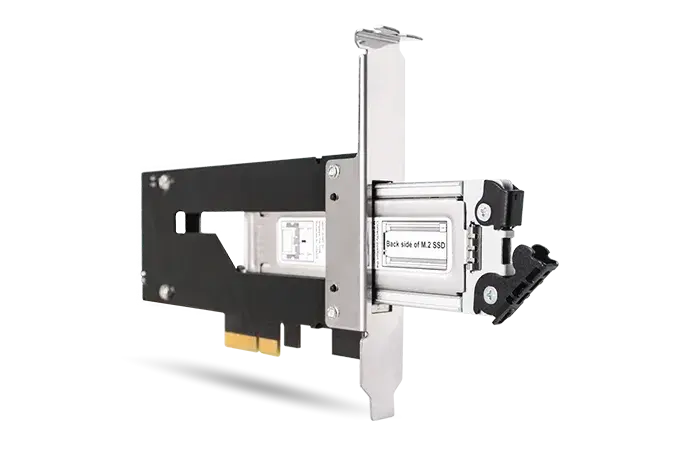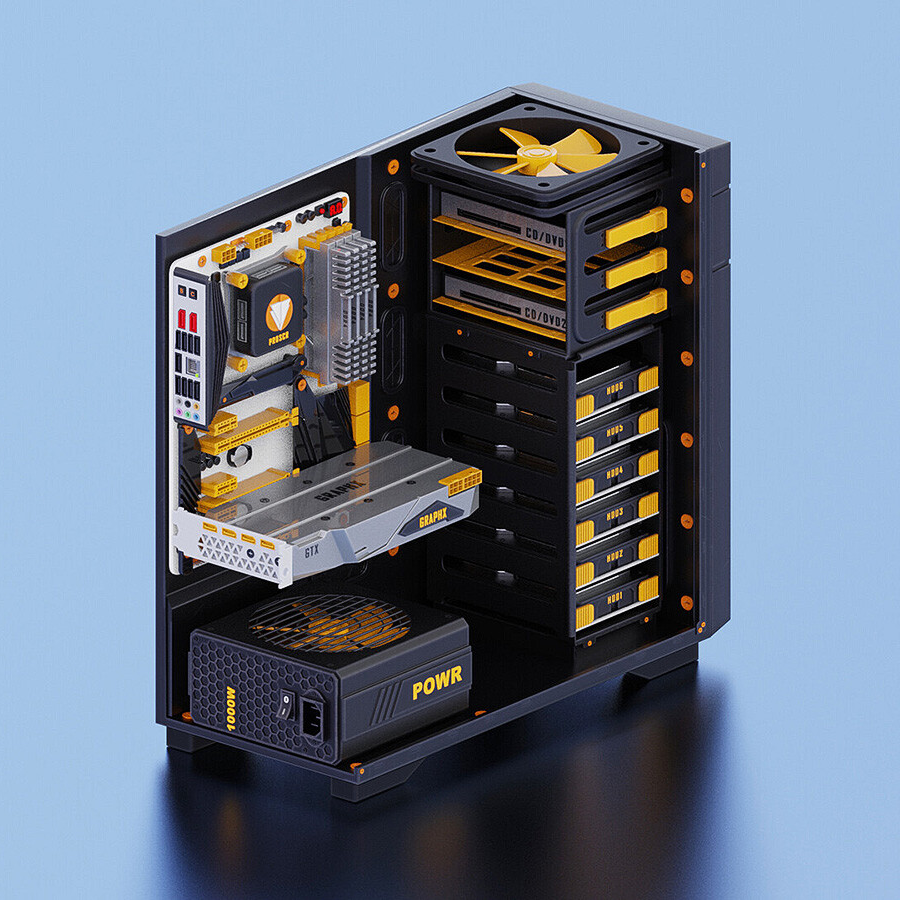I am building a new PC. I want to run Linux and windows on separate SATA 2.5/3.5 SSD hard drives. I need windows (Winn11 Pro) for work. Linux will run all personal computing needs.
I have a horrible history with dual booting Linux and windows (grub getting murdered).
I currently plan to shut down the PC, switch power to the drives, and start up on the other OS.
Can i use a switch which only toggles power to each drive while keeping data cables attached to accomplish this? Will this be possible with windows on one drive?
Is there a smarter solution?
Example: https://www.amazon.com/Kingwin-Optimized-Controls-Provide-Longevity/dp/B00TZR3E70
Thanks!
I’m not sure I’d go that far to be honest. 1) windows behaves much better when it has its own drive to install on and 2) linux boot loaders become less important because if you break it, you can use your bios to force boot windows and it’ll still boot.
IMHO, two drives is the way to go with dual boot. Set the Linux drive in the bios as the primary boot drive, and configure the bootloader to add the windows drive to the menu. While you’re learning that, you can boot windows through the bios, once you get it, you’re always presented with a menu upon boot to pick which one you want.
One final word of advice, buy different drives. Either manufacturer or size. It’ll be easier to tell them apart when you’re doing disk operations.
Good luck!
Thanks! I’ll try this first.
Rip… Both drives will be the same hw. But as long as there always in the same order in bios/bootloader it should be fine.
It’s fine they are identical. In the past, it was easy to just unplug the drive you didn’t want to mess with just to be sure (sata cables), but it’s a little harder with m.2 drives. Write the uuid #s down and identify them that way…
I might be missing someone here but could you not just set them up independently then just use the uefi boot menu to boot your ssd of choice? No need for power switcher or extra parts or software then no?
Historically I’ve had issues with windows(update) blasting grub config leading to Linux delete and painful recovery of windows boot
I hear about this happening with disk partitions, but this shouldn’t happen on independent disks. I’ve been using fedora alongside win10 and 11 for several years now with no issues.
One thing worth noting is that windows will attempt to place it’s bootloader on SATA 0, regardless of where its OS files are situated. I’d recommend disconnecting all other disks when installing Windows.
The device you linked is interesting, however. I wish there was a a hardware mechanism which offered you different power buttons for the OS you’d like to start into from a cold boot, though I could see the option you linked working depending on boot order.
Cool thanks for the info! Ill put win on sata 0 and install before putting the second drive in!
The hardware switch idea would be to preclude bios boot leader selection altogether
It’ll only attempt to place those files on sata 0 if there’s a disk connected. I’m not sure if it will move up the index in lieu of disk0, I suppose I should test that at some point.
In any case, you can just isolate it on first install at any SATA slot you find convenient; in-place systme upgrades shouldn’t move things around afterwards.
deleted by creator
Depending on your needs, virtual machine might be the easiest solution.
Dual boot is my preference. I want either OS to be able to do system management and direct hardware access.
Why do you want this? Out of curiosity.
Windows for work exclusively. Linux for everything else. I’m also trading out Linux for performance and compatibility with programs in the hopes i can fully switch over eventually. I basically want two computers but using the hardware of one.
Ok, I thought you’d be saying something about games or heavy computing.
You could use Linux as your main driver, and use Windows For Work in a virtualized environment.
Hrmm… I could try vm but i want full power either way. Any issues that arise with commercial CAD and cod software would be a headache. I have little experience with vm and it seems like it’s negligibly different in terms of headache than having a dual boot system. I’m not short on drive space or anything. I do need to have some code dev in either os as well
Ah, so you do have a high computing need. CAD software definitely requires it.
So, if I understood correctly, you’d be using a desktop machine - is that correct?
Is getting a second machine with which you can share screen+keyboard+mouse feasible?
Not worth it in terms of budget. Both sides will be using cpu rather comparably. Linux side will def be using more gpu. I also can’t justify purchasing two computers with the company. The hardware is kind of a bonus from them and my personal budget needs to go elsewhere but I’m free to use/modify the computer for personal use as long as i continue to deliver on work. The company is (very) small enough i can get this kind of benefit every very long ince in a while😁
I think the consensus in this thread is that my issue was centered around using a partitioned drive for both instead of separate drives which is my current plan. If things still get whacky I’ll try stronger approaches.
My history is specifically windows attacking linux/bootloader so i’m not concerned I’ll be risking any work stuff as long as they aren’t futzing with each other’s storage.
I also have full control over windows group policies (admin in general) so i can really change it to my liking and minimize windows damage from the software side. There’s lots of software solutions for issues around storage use.
Furthermore, my old pc is going to be a home sync server so it will handle shared data to avoid the need to fish through the opposed drive.
Framework laptop solve this quite nicely, you can just have a one terabyte USB drive plugged in, use that as your operating system boot. And if you want to change operating systems pull them out and put them in like an old game boy cartridge.
Oh that’s neat! Maybe down the one i can pick one up if i start traveling for work XD
You can buy the USB drives they sell, and 3d print the slots for them, for your desktop.

Or you can get an NVMe hot swap device like this. And then use straight NVMe drives if that’s more your style
Noted for the future!!! Thanks
You could boot Linux off an external drive that you can uplug. If you’re feeling barbaric…
Oh absolutely not. I would lose that faster than my car keys



